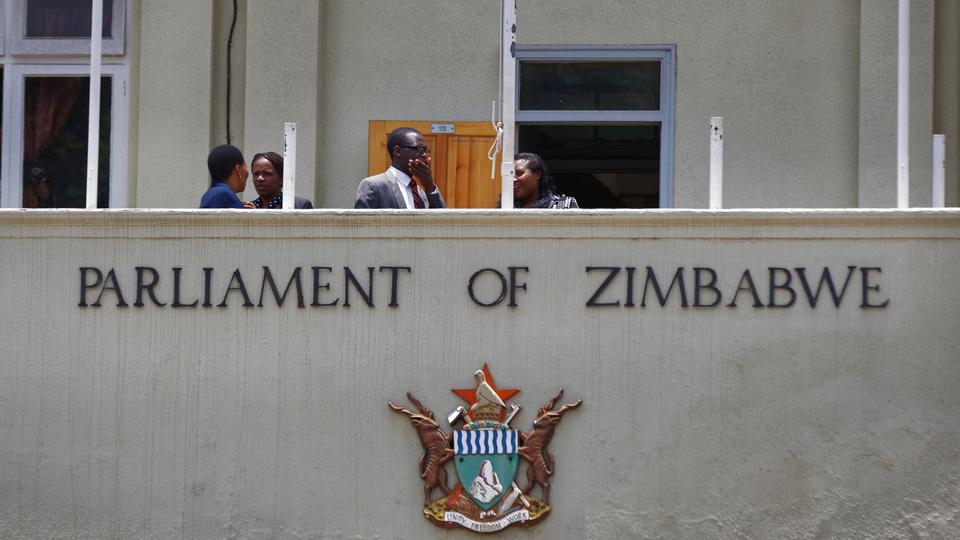
BY CHIEDZA KOWO
The RBZ’s monetary policy statement (MPS) released on Thursday last week indicated that banking sector loans and advances rose 2,18 times to $82,4 billion at the end of last year from $37,8 billion during the first half.BANKS have deployed more loans into productive sectors compared to household consumption, the Reserve Bank of Zimbabwe (RBZ) indicated last week, confirming a swing towards funding companies and other economic drivers.
Central bank chief John Mangudya said almost 85% of these loans were channelled into the productive sectors, but did not disclose the factors behind the shift.
There had previously been concerns that banks were directing most of their lending into household and consumptive lending.
But the RBZ governor said financial institutions maintained a cautious lending approach during the period.
Banks were avoiding potentially huge non-performing loans (NPLs) during the period, as the economy remained under pressure from COVID-19-induced lockdowns and a slowdown triggered by foreign currency shortages.
“Total banking sector loans and advances increased 2,18 times from $37,8 billion as at June 30 2020 to $82,4 billion as at December 31 2020, largely attributed to the translation of foreign currency denominated loans,” Mangudya said.
“During the period under review, banking sector financial intermediation remained subdued, as reflected by a loans to deposits ratio of 39,5%, largely as a result of cautious lending approach adopted by some banking institutions,” the RBZ chief said.
- Chamisa under fire over US$120K donation
- Mavhunga puts DeMbare into Chibuku quarterfinals
- Pension funds bet on Cabora Bassa oilfields
- Councils defy govt fire tender directive
Keep Reading
“Loans to productive sectors of the economy constituted 84,8% of total banking sector loans as at December 31 2020. The bank’s macroeconomic diagnosis suggests that consumption and investment expenditure are currently the main drivers of the country’s economic output but are being weighed down by lack of long-term lending. In fact, the analysis has shown that the country has been experiencing negative growth on real credit; a situation which dampens investment and the country’s growth potential. These developments underscore the need for measures that selectively redistribute liquidity through promoting long-term savings for long-term lending to the productive sector and also to households for consumption investments,” Mangudya added.
Perhaps the shift towards productive sector lending was underpinned by uncertainties that hovered over job security throughout the year as firms faced the greatest threat to their survival under lockdowns.
Banks lend to individuals based on the strength of their job securities.
But when companies are threatened with closure, opportunities for payroll-based credit are constrained.
“Promotion of long-term savings deposits and instruments will enhance access to longer term bank credit, which will boost household spending on consumer durables, and encourage investment by households and businesses,” the central bank chief noted.
“In turn, increased economic activity should raise incomes and savings, along with a cycle of benefits in the economy. Banking sector loan portfolio quality continued to improve as reflected by a decline in the non-performing loans (NPLs) to total loans ratio from 1% as at 30 June 2020 to 0,3% as at 31 December 2020, partly reflecting the more than proportionate growth in total loans. During the year ended December 31 2020 all banking institutions were profitable, with aggregate banking sector profits for the period of $34,2 billion, an increase from $6,4 billion reported for the corresponding period in 2019. The growth in income is largely attributable to non-interest income which constituted 79,5% of total income,” Mangudya said.
- Follow Chiedza on Twitter @kowochiedza











